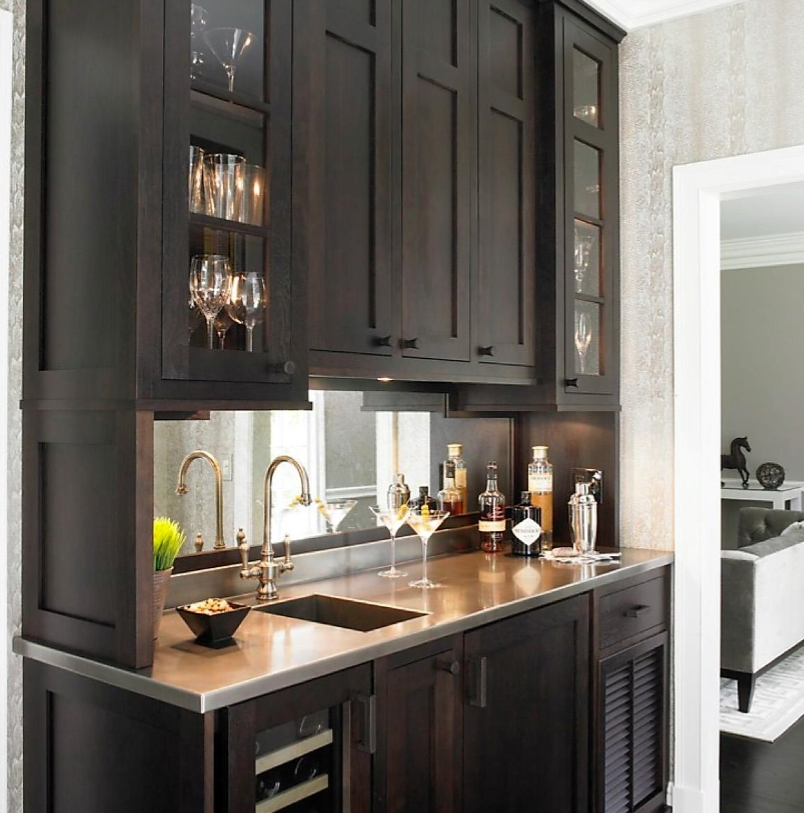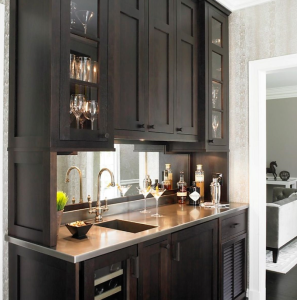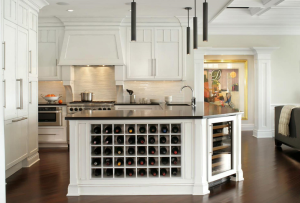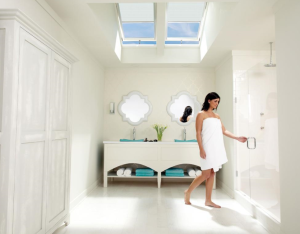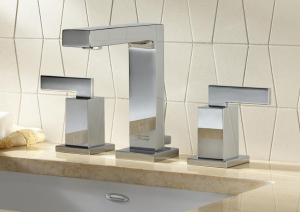 Regularly scheduled maintenance is already standard practice in many industries like dental cleaning, car tuneups or annual physicals.
Regularly scheduled maintenance is already standard practice in many industries like dental cleaning, car tuneups or annual physicals.
However, many overlook the benefits of getting coverage for much costlier services like standard home maintenance. They reason that one-off fixes are so rare, it’s easier to simply pay out of pocket.
However, when something in your home does break, having built-in protection can end up saving you a lot of money. Financial savings is only one of several advantages that having a maintenance plan can offer.
Let’s take a look:
1. Lower Utility Bills
Even if nothing in your home is broken, scheduled maintenance can save you money in the here and now. Take heating and air conditioning for example.
According to FacilitiesNet:
“Facilities in which proper HVAC maintenance is completed will use at least 15 to 20 percent less energy than those where systems are allowed to deteriorate.”
By regularly servicing any and all appliances that consume resources, you can lower your monthly utility bill spending.
2. Cheaper Repairs
Frequent checkups can also extend the lifetime of your home, whether your plan covers plumbing, roofing or electrical wiring. Periodic inspections make it easier to catch problems before they become worse. As a result, you end up spending less money on repairs and replacements.
3. Higher-Quality Fixes
You might be pretty handy with a hammer, but even the most dedicated DIYers can’t compete with professionals who service and maintain homes for a living.
Knowledgeable contractors can consistently perform the job:
- Faster. They already have the tools, they know what to do, and they’re more familiar with relevant building codes and permitting requirements.
- Safer. Because contractors receive extensive training, they’re able to avoid the types of accidents that put 8 million DIYers in the hospital every year.
When you factor in speed and avoided injuries, hiring a professional is also cheaper than the DIY route. However, not any contractor will do. In order to receive these benefits, you want someone who specializes in the type of upkeep required. A general contractor isn’t much better than a DIY enthusiast.
When dealing with garage doors, for example, you should only get a maintenance plan from someone who is an expert in this area. What’s more, if you want foundation repair coverage, select a technician who excels in this field.
4. Fewer “Other” Costs
Most homeowners think of cost as money directly paid for a product or service. Yet maintenance and repair jobs carry many “hidden” expenses that are easy to overlook. You must:
- Find someone for each job
- Thoroughly vet every candidate
- Compare different prices
- Apply for permits and approvals
The ticket price for a standard repair job might only be $500. However, when you factor in all of these additional “transactional” costs, you could end up spending twice that amount in the form of lost time and extra effort.
Hiring a professional is cheaper than doing it yourself — and hiring a dedicated contractor reduces these “other” costs even more. You don’t have to reinvent the wheel every time something breaks.
Arguably the Biggest Benefit of Maintenance Plans
Maintenance plans can save you money and dramatically reduce headaches —but one of the biggest benefits is peace of mind.
Here’s why:
Professional contractors are notoriously busy, often juggling multiple jobs at the same time. Also, they typically take care of customers on a first-come, first-served basis.
Long waits are not uncommon, and it’s best to think of these delays as another transactional cost of one-off repair jobs.
But with a maintenance plan, you receive priority service and jump ahead of all other customers in line. Remember that you have an established relationship with that contractor, and he or she has a vested interest in keeping your business for as long as possible.
Your home might be brand new and future breakages may be rare. However, when your toilet overflows or your furnace conks out, you’ll pay any amount of money to receive speedy assistance.
By having a maintenance plan already in place, you don’t have to worry as much about preventable repairs, unnecessary delays or unexpected expenses.
Justin White is the marketing director for Garage Door Repair LLC, Justin is extremely resourceful with resolutions on common garage door problems.


